Leaked Memo Shows Changes NASCAR Is Making to Fix Next Gen Race Car Safety Concerns
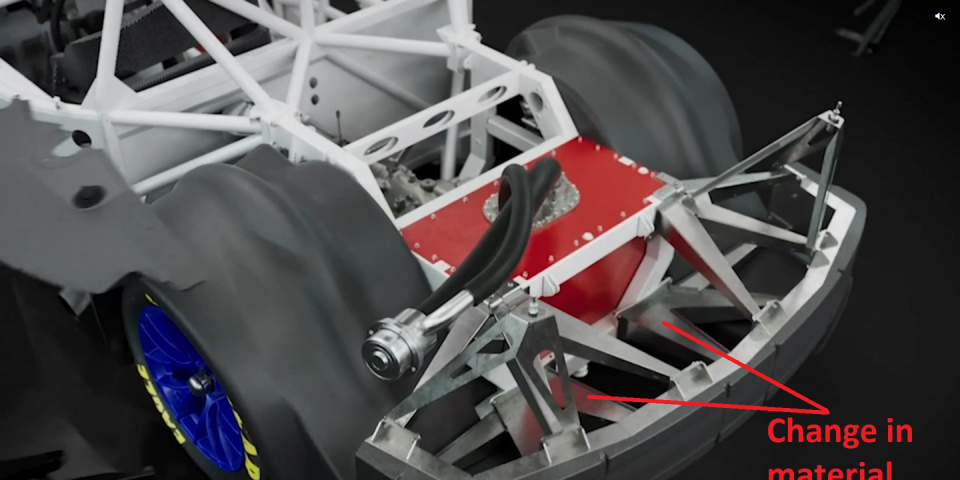
NASCAR sent a notice to Cup Series teams Tuesday detailing changes to the Next Gen chassis that will see the rear crash structure change and should result in safety improvements.
Drivers have voiced concerns about the intensity of the hits when they crash and these changes should soften impacts to the rear of the car. The changes will result in modifications to the center section, rear clip, and rear bumper supports.
Drivers have been vocal about impacts with the Next Gen car, especially as Kurt Busch and Alex Bowman have been sidelined with concussions and concussion-like symptoms related to these types of crashes. NASCAR has recognized that there were issues and has been modeling changes to the chassis with the results being tested recently. These changes were presented to drivers on October 8 at a meeting at Charlotte Motor Speedway and are now making their way to being initiated for the 2023 season.
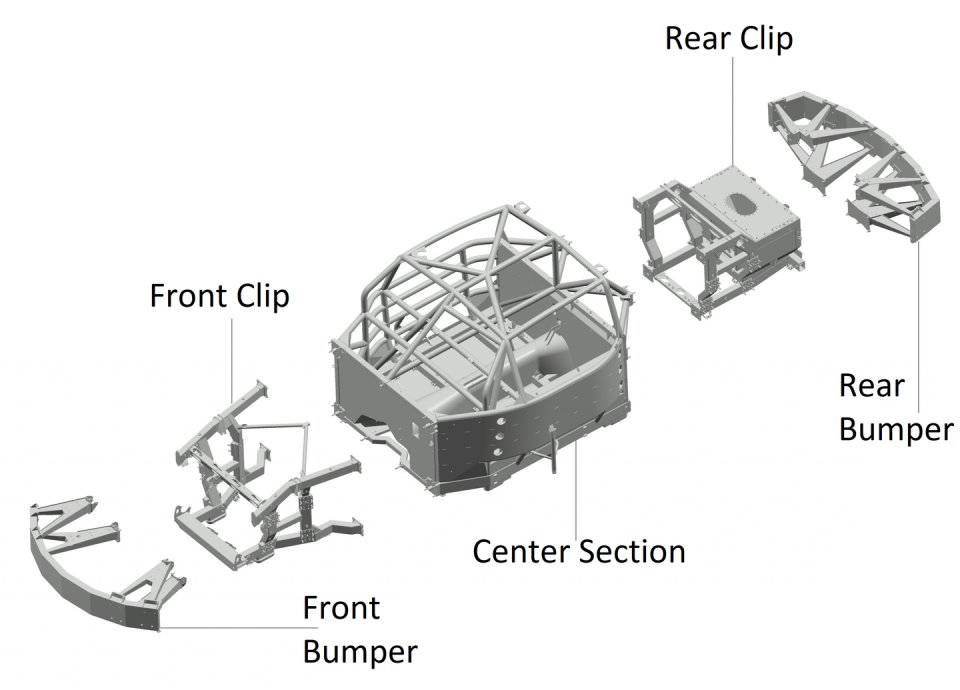
The general aim of these changes appears to be to create a better crumple zone behind the driver and allow those components in the rear to dissipate more energy in a crash so there is less impact to the driver. The changes will happen in three main areas of the rear of the car which include the rear bumper struts, rear clip, and the back of the center section.
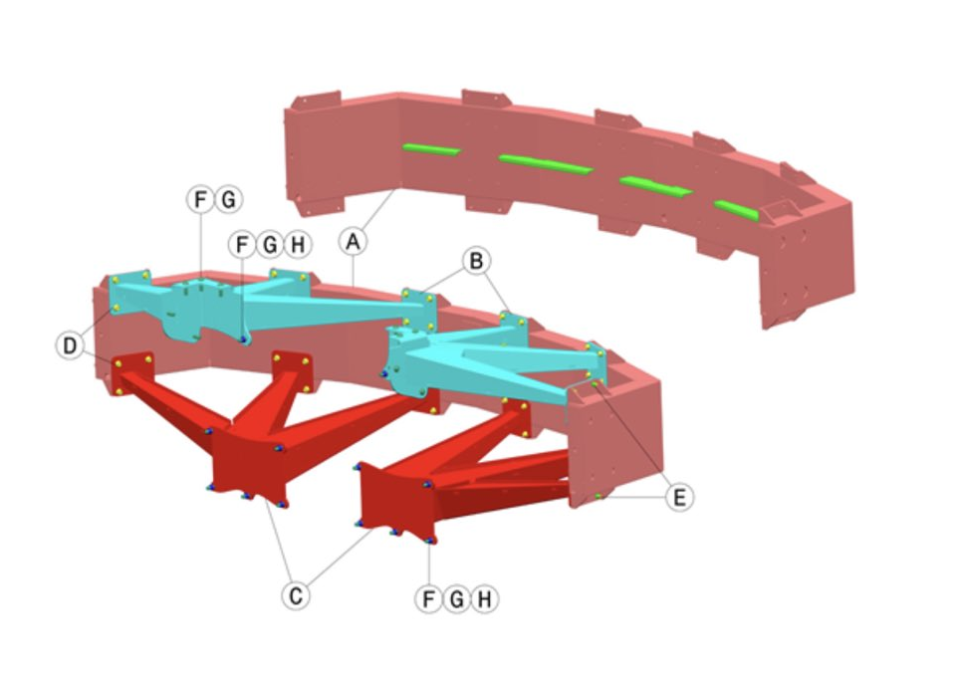
The first change noted in the document is the introduction of new rear bumper struts, which are triangular supports that hold the bumper beam to the rear clip. These struts will be replaced with a new part that will see material thickness change to 0.080 inches in order to allow them to crumple better. These struts can be seen above in red and blue. The bumper beam itself will carry over from this season.
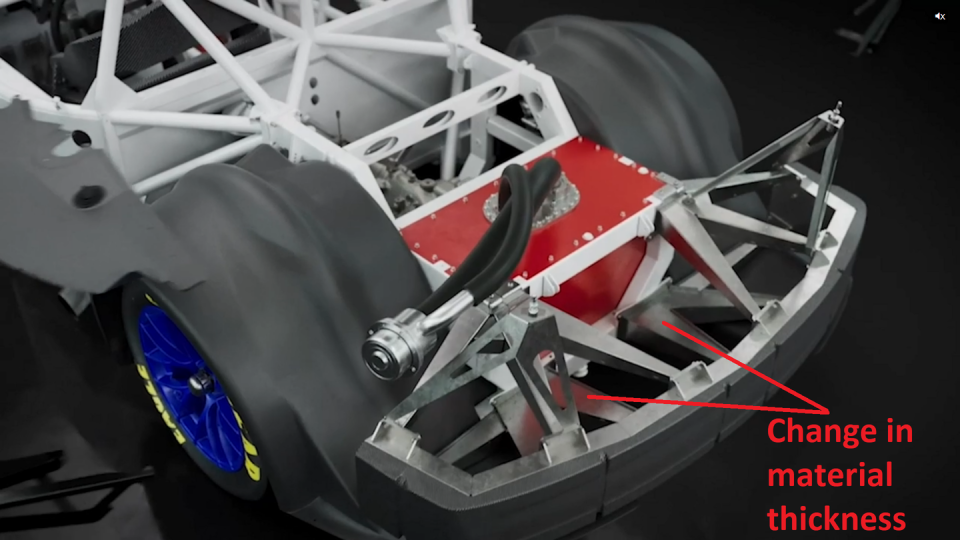
The rear clip and center section will not be replaced, but will be altered and updated. These changes will be done as these parts are sent to Technique Chassis–the single-source vendor that builds and maintains these components–for refurbishment. The costs for the fabrication, materials and labor to make these updates during refurbishment will be covered by NASCAR and teams will only be responsible for usual finish work like painting.
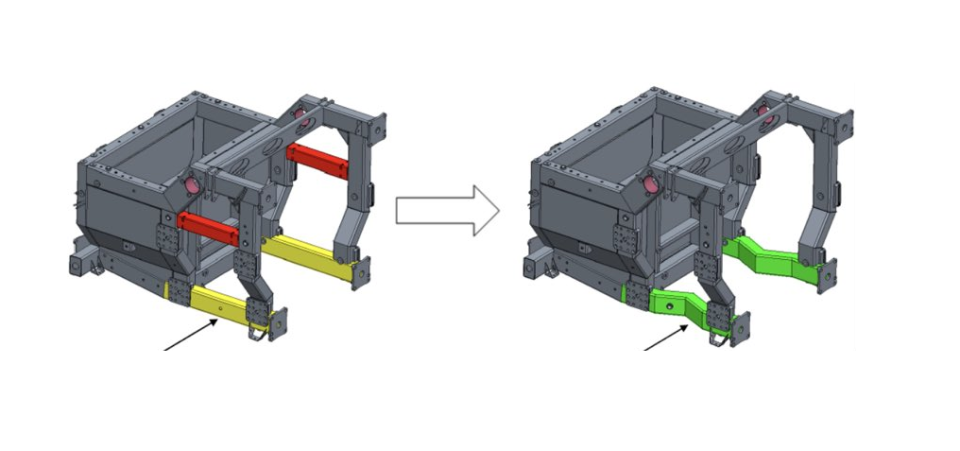
The rear clip will see the removal of the longitudinal bars (marked in red in the illustration above) along with a change to the lower rails (marked in yellow). They now seem to be designed as compound mitered tubes (in green on the right). These bars sit parallel to the racing surface and contribute to the stiffness of the overall chassis. Removing and modifying them should allow that area to crumple better in rear-end impact incidents.
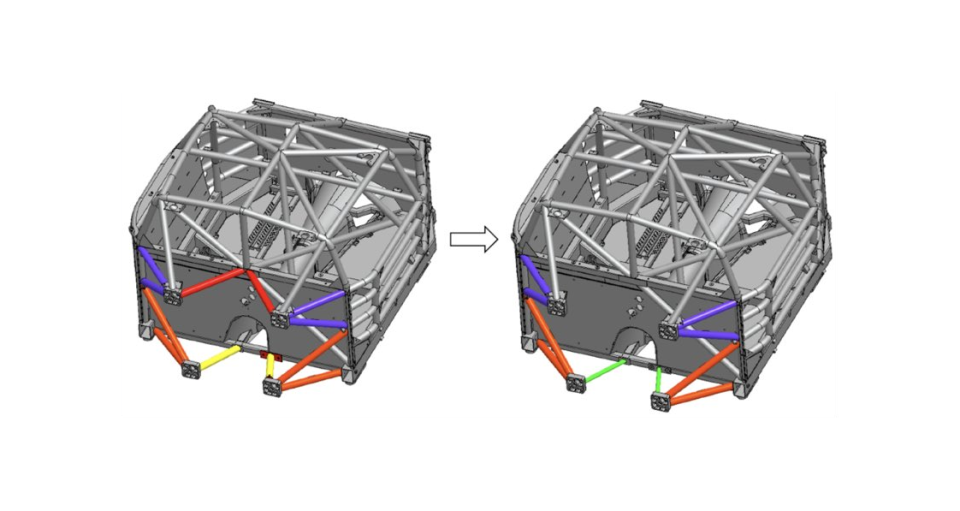
The center section has a number of changes, starting with the outer diagonal tubes on the rear (in purple above). These bars will be replaced with the same cross-sectional tubes that now feature a trigger on the inboard side. The outer diagonal tubes on the bottom (in orange above) will be replaced by 1.75-inch diameter tubes that feature an 0.65-inch wall along with triggers. The inner diagonals (in green) will be reduced to 1-inch diameter tubes with a 0.065-inch wall without triggers. The intention of designing certain tubing with a trigger is typically to improve the ability to absorb impact energy in a progressive and controlled manner by a local modification of material properties. This is meant to allow the deformation of the material to be introduced precisely where it forces the tubular structure to deform in a mode of high energy absorption and reduces the maximum load in a controlled manner.
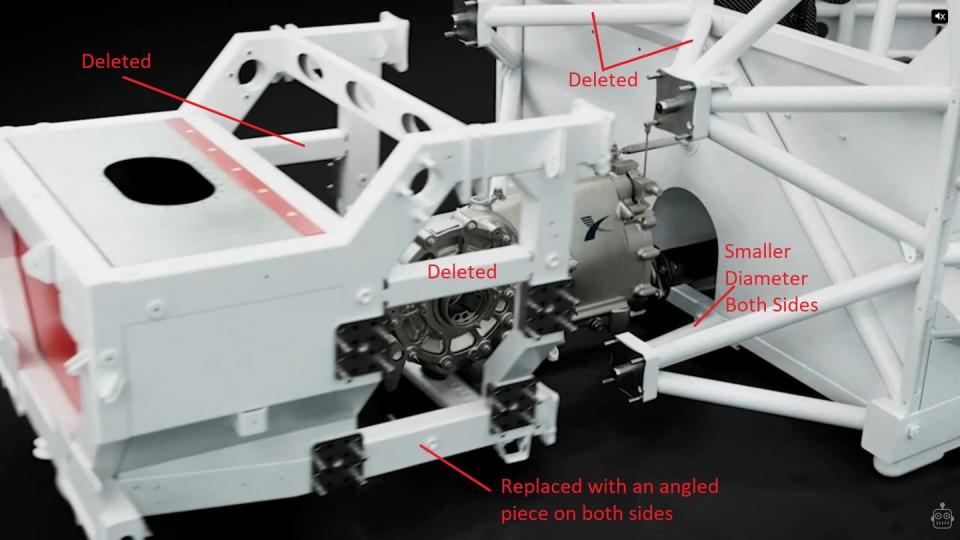
All of these changes combined focus on introducing more things that can crumple and absorb energy between the rear of the car and the driver compartment. This should result in an increase in safety, and less force on the driver during a rear-end impact. The introduction of this update plan for 2023 signals that drivers were likely pleased with what NASCAR showed them from simulations done on these parts during their meeting last weekend.
It is apparent that safety is the primary focus of this update because the changes will likely result in some increased costs going forward. While NASCAR will pay for the initial updates, the parts will likely see a shorter lifespan in the future because of the reduced structure. The parts will have to be refurbished more often to bring them back into spec after smaller incidents. In addition to the refurbishment costs, the other concern with the changes will be how well the chassis pieces keep in compliance over multiple races, as components are more likely to bend now with less support. This could result in them falling out of specification for inspection requirements sooner and requiring more frequent visits back to be refurbished.
Those concerns are minor compared to the possible safety benefits. It also shows that NASCAR and team owners are willing to invest in a solution that can be deployed quickly in order to improve safety for drivers, even if there is a cost for everyone going forward.
Teams will have to strip down all their current cars to the bare chassis that they wish to use for the 2023 season and will send them to the vendor for refurbishment. This means that the shops and Technique chassis will be busy over the winter as they update hundreds of rear clips and center sections.
NASCAR did not immediately respond to our request for comment.
You Might Also Like

 Yahoo Autos
Yahoo Autos 